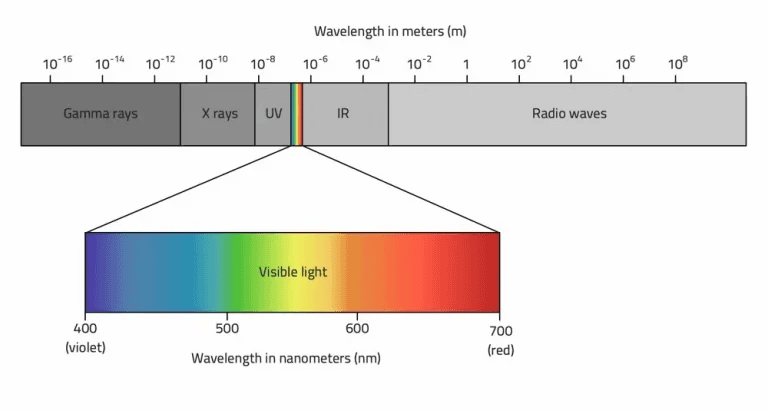
Unnati Ashar
Have you ever sat looking at the sky on a clear starry night, admiring the star-studded carpet stretched to infinity and wondered about your place in this universe? You must also then have heard about the iconic Hubble Space Telescope, which has expanded our imagination by supplying fascinating images of astronomical objects! What if I tell you India has its own ‘eye in space’, which has been expanding humanity’s knowledge of astronomy for the past six years? Introducing you to AstroSat…
AstroSat is India’s first multi-wavelength space observatory dedicated to studying astronomical sources. It was launched on the 28th of September 2015 and orbits the Earth at a height of about 650 kilometres. AstroSat has five instruments that use different techniques to probe the universe in the gamma rays, X-rays, UV and visible wavelengths of the electromagnetic spectrum simultaneously.

The electromagnetic spectrum. Image: radio2space.com
The ‘electromagnetic spectrum’ is our window to the universe. As the name suggests, it consists of electromagnetic waves with varying wavelengths. The wavelengths range from the size of an atomic nucleus for the gamma rays to radio waves which may measure longer than a mountain range. In between lie the X-rays, ultraviolet (UV), visible and infrared light, and microwaves. You can use a radio, a phone, a TV remote, a microwave oven, or even see broken bones in an X-ray scan only because of the electromagnetic waves emitted by these devices.
In 2020, AstroSat completed five years in orbit. On this occasion, the Journal of Astrophysics and Astronomy released a special issue, “AstroSat: Five Years in Orbit”. We bring you a series of articles focussing on one of the X-ray instruments of AstroSat, the Cadmium Zinc Telluride Imager, or the CZTI.
Articles in this Series:
1. Introducing the Cadmium Zinc Telluride Imager (CZTI)
2. Getting The Most Bang For The Buck
3. Doing Astronomy With Numbers
4. Morphing into an all-sky Monitor





